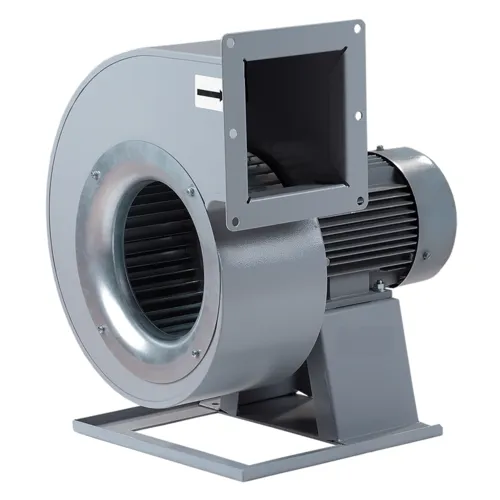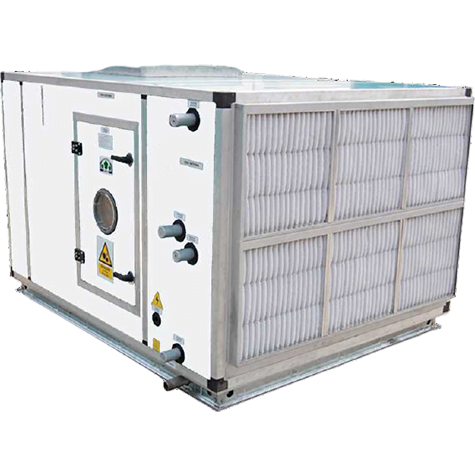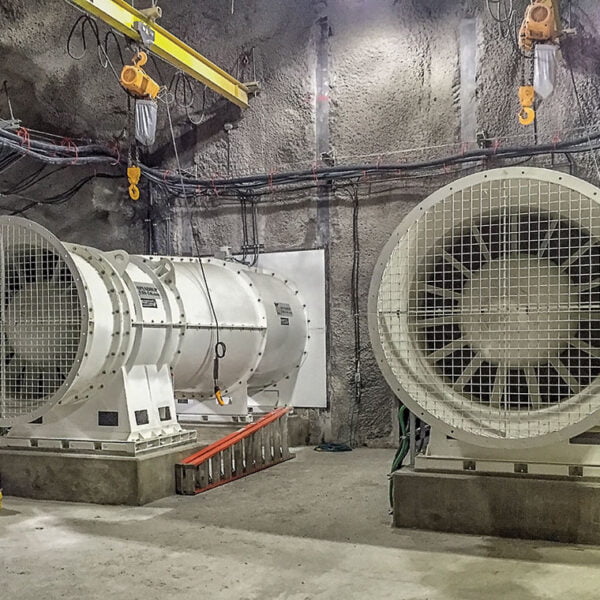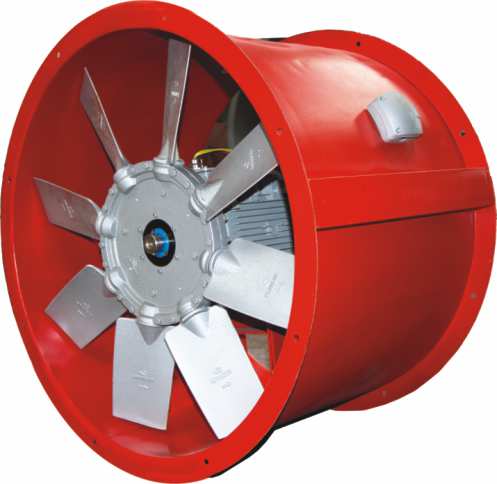Centrifugal Blower Used in Industry:
In the industrial sector, blowers play a crucial role in various applications. These powerful machines are designed to provide efficient air movement, enabling processes such as ventilation, cooling, drying, and combustion. Whether it’s a manufacturing facility, chemical plant, or construction site, blowers are indispensable for maintaining optimal conditions and ensuring productivity. This article will delve into the world of blowers used in the industry, covering their types, applications, benefits, and factors to consider when choosing the right blower for specific needs.
I. Introduction to Blowers
Blowers are mechanical devices that generate and direct airflow. They are commonly referred to as industrial fans, but unlike traditional fans, blowers operate at higher pressures to move air more forcefully. By creating a stream of air or gas, blowers facilitate processes that require controlled air movement or pressure. Let’s explore the various types of blowers used in industrial settings.
II. Centrifugal Blower used in industry
One of the most prevalent types of blowers in the industry is the centrifugal blower. This type of blower operates by accelerating the air radially and then directing it through an outlet. Centrifugal blowers consist of a rotating impeller that draws in air, and as the impeller spins, it pushes the air outward due to centrifugal force. These blowers are known for their high efficiency, robust construction, and the ability to handle different airflow requirements.
III. Axial Blowers
Unlike centrifugal blowers, axial blowers move air in a straight path, parallel to the blower’s axis. They feature a set of rotating blades that create a flow of air along the axis, providing high airflow rates at lower pressures. Axial blower used in industry are commonly used in applications such as cooling electronic equipment, providing ventilation in confined spaces, and exhausting fumes or heat from industrial processes.
IV. Positive Displacement Blowers
Positive displacement blowers, also known as rotary blowers or PD blower used in industry, operate by trapping air between rotating lobes or gears and the blower housing. As the lobes rotate, they create pockets of air that are pushed through the blower, resulting in a steady and consistent airflow. PD blowers are highly efficient and are often utilized in applications requiring oil-free and pulsation-free air, such as pneumatic conveying, wastewater treatment, and aeration.
V. Applications of Industrial Blowers
Industrial blowers find applications across a wide range of industries. Here are some common uses:
Ventilation and HVAC Systems: Blower used in industry play a vital role in maintaining proper air circulation and ventilation in buildings, ensuring a comfortable and healthy indoor environment.
Material Handling: Blowers used in industry are utilized in material handling processes like pneumatic conveying, where they transport powders, granules, or bulk solids through pipes or ducts.
Combustion and Furnaces: Blower used in industry assist in providing the necessary air or oxygen for combustion processes, such as in furnaces, boilers, or incinerators.
Drying and Cooling: In industrial drying and cooling operations, blowers help remove moisture or reduce temperature by facilitating airflow over the target material or equipment.
Dust and Fume Extraction: Blowers are employed in dust collection systems and fume extraction units to ensure a safe and clean working environment, particularly in industries generating airborne particles or hazardous gases.
VI. Factors to Consider When Choosing an Industrial Blower
Selecting the right blower for a specific industrial application requires careful consideration of several factors. Here are some key considerations when choosing an industrial blower:
Airflow Requirements: Determine the required airflow rate for your application. This will depend on factors such as the size of the space, the need for ventilation, or the volume of material to be moved.
Pressure Needs: Consider the required pressure or static head that the blower needs to overcome. This is crucial for applications where the air needs to be pushed through long ducts or pipes.
Efficiency: Look for a blower that offers high efficiency to minimize energy consumption and operating costs. Energy-efficient blowers used in industry not only reduce environmental impact but also contribute to long-term cost savings.
Noise Levels: Evaluate the noise emissions of the blower, especially if it will be used in noise-sensitive environments. Choose a blower used in industry with noise reduction features to ensure a quieter workplace.
Durability and Maintenance: Consider the durability and ease of maintenance of the blower. Look for features such as robust construction, easy access for cleaning or repairs, and availability of spare parts.
Environmental Considerations: If your industry has specific environmental regulations or requirements, blower used in industry ensure that the blower meets those standards. Look for options with low emissions, eco-friendly materials, and compliance with relevant industry guidelines.
Customization Options: Some applications may require specialized blowers tailored to specific needs. Check if the blower manufacturer offers customization options to accommodate unique requirements.
Cost and Value: While cost is a factor, focus on the overall value provided by the blower. Consider the performance, reliability, and long-term benefits of blower used in industry to make an informed decision rather than solely basing it on upfront costs.
By considering these factors, you can select the most suitable blower for your industrial needs, ensuring optimal performance and efficiency.
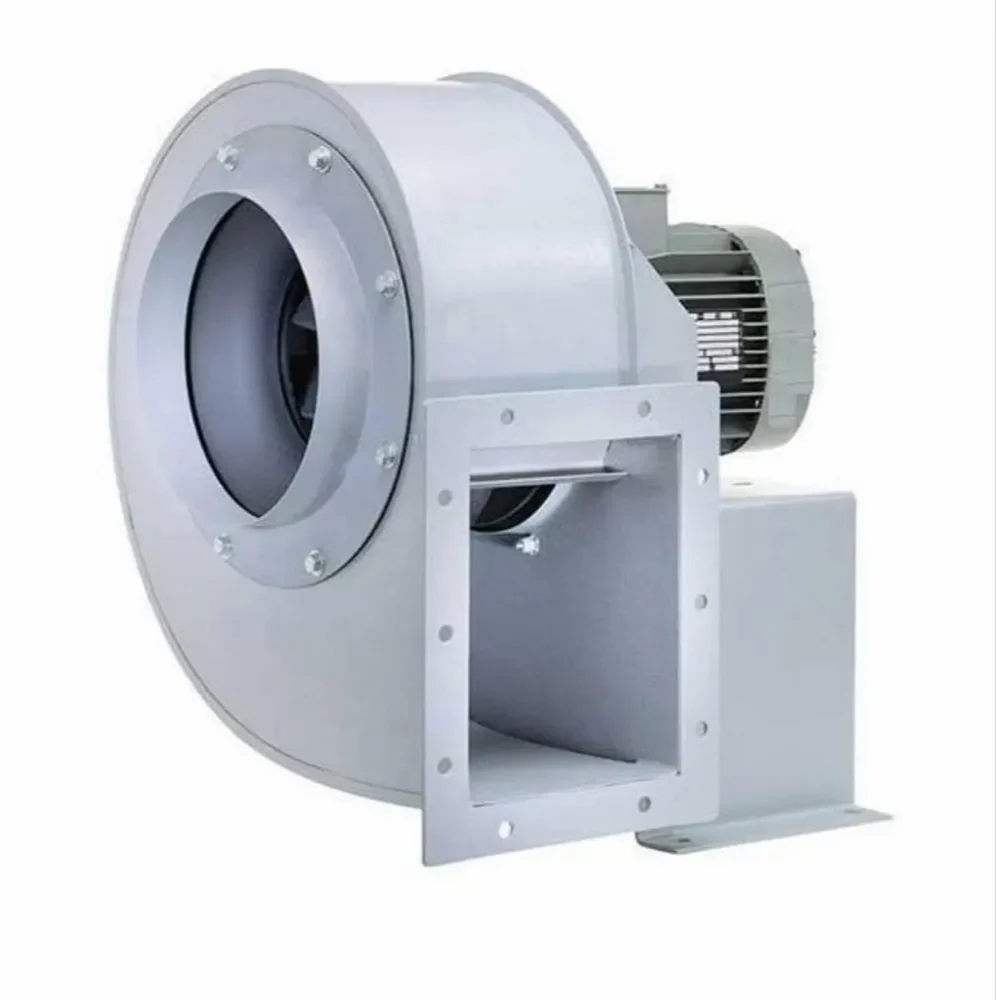
VII. Conclusion
Blowers are indispensable in the industrial sector, offering efficient air movement for a wide range of applications. From ventilation and material handling to combustion and cooling, blower used in industry play a vital role in maintaining optimal conditions and enhancing productivity. When choosing an industrial blower, it’s essential to assess factors such as airflow requirements, pressure needs, efficiency, noise levels, durability, environmental considerations, customization options, and overall value. By carefully considering these factors, you can select a blower that meets your specific requirements and outperforms other alternatives in terms of performance and reliability. Choose wisely, and harness the power of blowers to propel your industrial processes to new heights.

